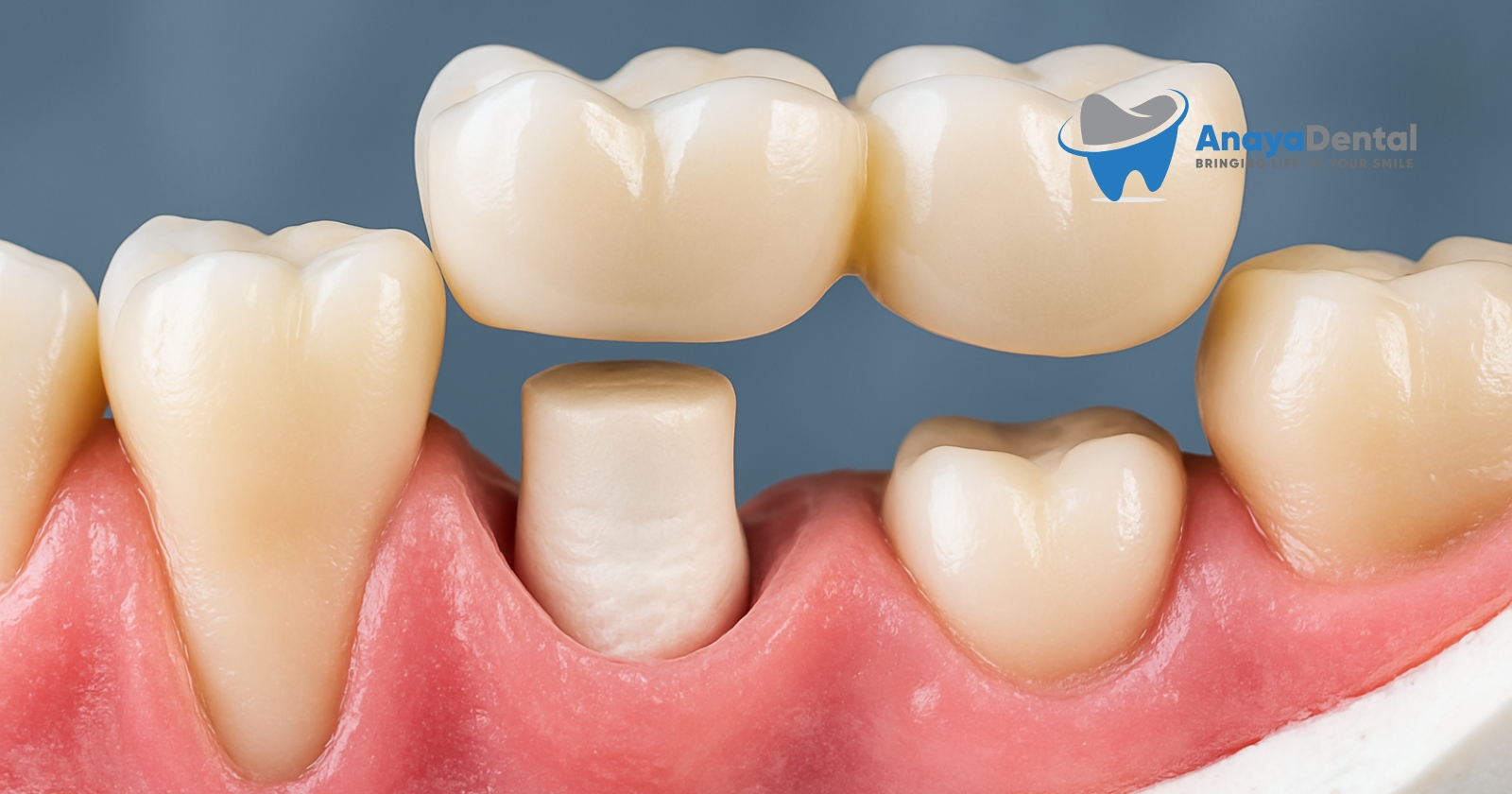When tooth decay strikes your back teeth, getting prompt treatment isn’t just about relieving discomfort—it’s about preserving your dental health for years to come. A D2391 procedure (single-surface posterior composite filling) offers a modern solution that balances aesthetics and durability. This guide explains what this common dental restoration involves and outlines your payment options to make this necessary treatment accessible.
What Is a D2391 Dental Procedure?
D2391 is a dental code that specifically refers to a resin-based composite filling applied to one surface of a posterior (back) tooth. Unlike traditional amalgam (silver) fillings, these tooth-colored restorations blend naturally with your existing teeth while effectively repairing decay.
Anatomy of a Single-Surface Posterior Composite
When dentists discuss a “single-surface” restoration, they’re referring to decay that affects just one of the five possible surfaces of your tooth:
Try Our Dental Calculators
- Occlusal surface – the chewing surface of molars and premolars
- Buccal surface – the outer surface facing your cheek
- Lingual surface – the inner surface facing your tongue
- Mesial surface – the surface facing toward the front of your mouth
- Distal surface – the surface facing toward the back of your mouth
A D2391 procedure addresses decay on just one of these surfaces, making it less extensive (and typically less expensive) than multi-surface fillings.
The Procedure: What to Expect
Your dentist will typically complete a D2391 procedure in a single visit following these steps:
- Application of local anesthetic to ensure comfort
- Removal of decayed tooth material
- Cleaning and preparation of the cavity
- Application of bonding agent to help the composite adhere
- Placement of composite resin material in layers
- Shaping and hardening the material with a special light
- Polishing for a natural appearance and comfortable bite
The entire process usually takes 30-60 minutes, depending on the specific location and extent of decay.
Average Costs for D2391 Procedures
The cost of a single-surface posterior composite filling typically ranges from $150 to $300 without insurance. Several factors influence this price:
- Geographic location (urban areas tend to be more expensive)
- The specific tooth requiring treatment
- Your dentist’s experience and practice overhead
- Whether additional services are needed
According to the American Dental Association’s 2023 Survey of Dental Fees, the national average cost for a D2391 procedure is $204 American Dental Association.
Payment Options to Make Treatment Affordable
Dental Insurance Coverage
Most dental insurance plans cover D2391 procedures at 50% to 80% after any deductible has been met. Key points to understand about insurance coverage:
- Preventive services like cleanings often don’t count toward annual maximums
- Many plans have waiting periods for restorative procedures
- Annual maximums typically range from $1,000 to $2,000
- Some plans have frequency limitations on fillings for the same tooth
Always verify your specific coverage with your insurance provider before treatment.
Alternative Payment Solutions
If you’re uninsured or need help with out-of-pocket costs, consider these options:
Dental Savings Plans
- Membership-based alternative to insurance
- 15-50% discounts on most procedures
- No annual maximums or waiting periods
- Average annual cost: $100-200 for individual plans
Payment Plans
- Many dental offices offer in-house payment options
- Third-party financing like CareCredit provides interest-free periods
- Allows you to spread payments over 6-24 months
Federally Qualified Health Centers (FQHCs)
- Provide services on a sliding fee scale based on income
- May offer discounts of 20-80% for qualifying patients
- Find a location near you through the Health Resources & Services Administration
Dental Schools
- Supervised student dentists provide care at 30-50% lower costs
- Treatment takes longer but meets professional standards
- Best for non-emergency situations due to scheduling limitations
Why Timely Treatment Matters
Postponing treatment for tooth decay can lead to:
- Progression to deeper layers requiring more extensive treatment
- Potential need for root canal therapy if decay reaches the pulp
- Increased costs: a crown can cost 4-5 times more than a simple filling
- Risk of tooth loss if decay becomes severe
Comparing Restorative Options
| Feature | Composite (D2391) | Amalgam (Silver) | Gold Inlay |
|---|---|---|---|
| Average Cost | $150-300 | $110-200 | $650-1,200 |
| Appearance | Tooth-colored | Metallic | Gold |
| Durability | 5-10 years | 10-15 years | 15+ years |
| Insurance Coverage | Usually covered | Usually covered | Partially covered |
| Treatment Time | Single visit | Single visit | Multiple visits |
Quick Review
A D2391 procedure provides a durable, aesthetically pleasing solution for treating decay on a single surface of a back tooth. While costs typically range from $150 to $300 without insurance, multiple payment options can make this essential treatment affordable. Dental insurance, savings plans, payment programs, and community resources can significantly reduce your out-of-pocket expense. Addressing decay promptly not only preserves your oral health but also prevents potentially costly complications down the road.
Remember to discuss all financial concerns with your dental office—many practices are willing to work with you to ensure you receive necessary care within your budget.


